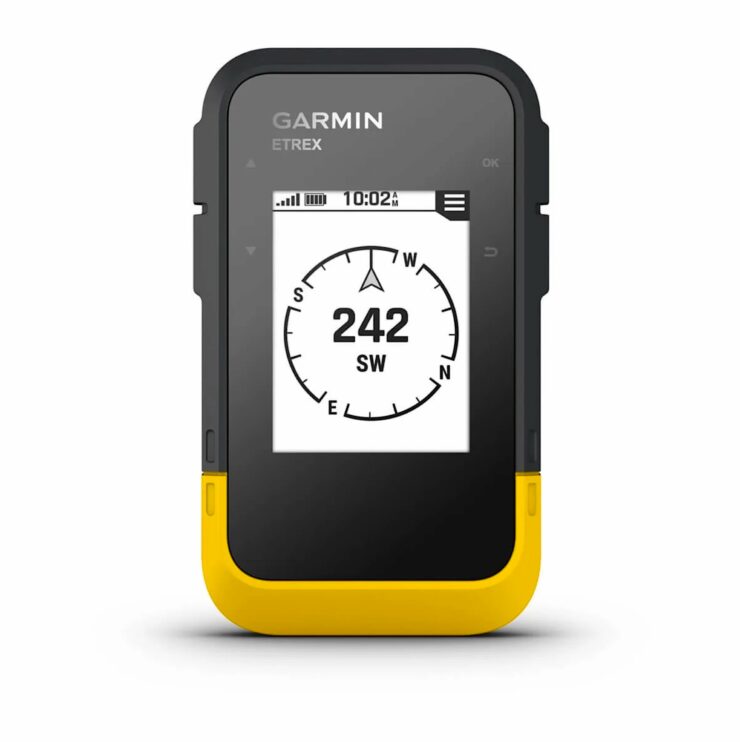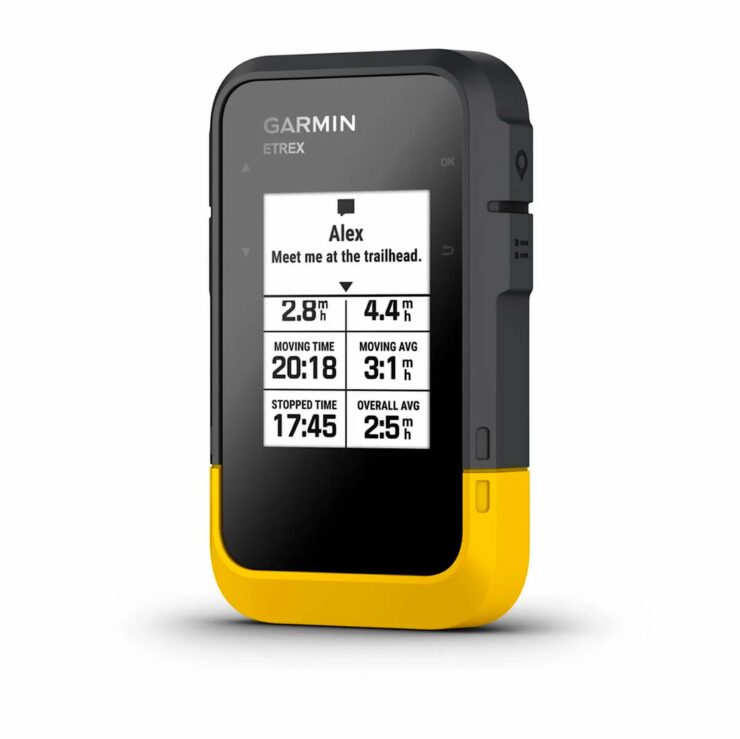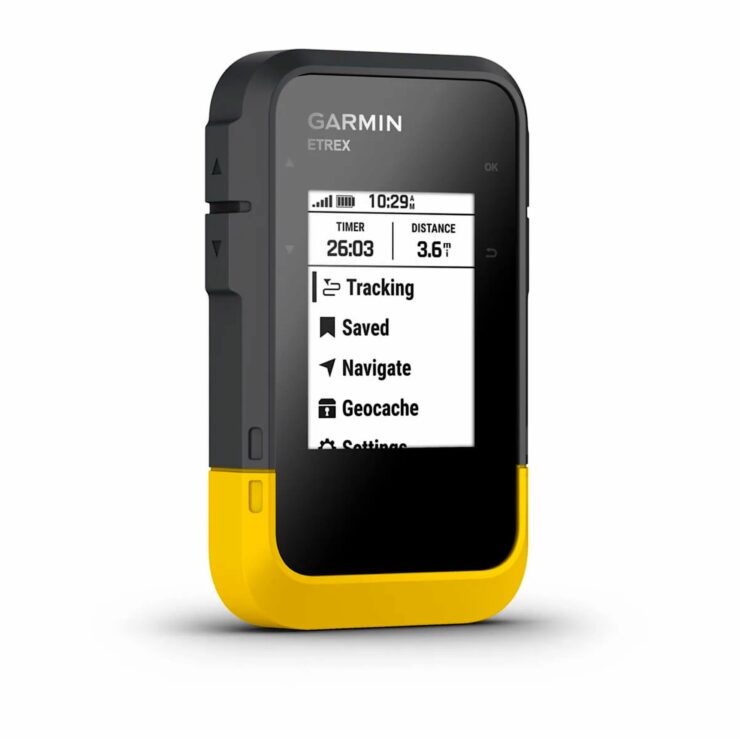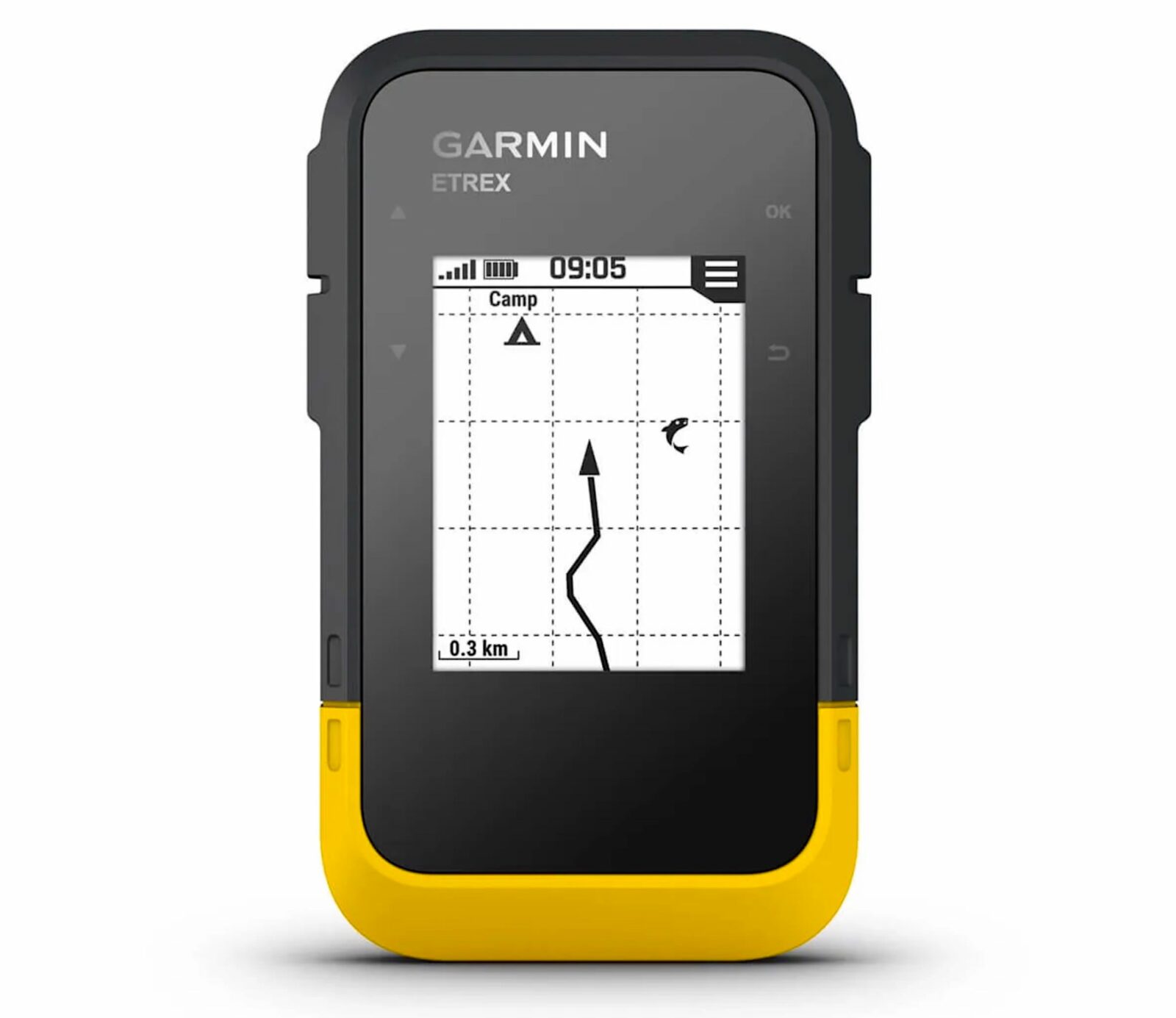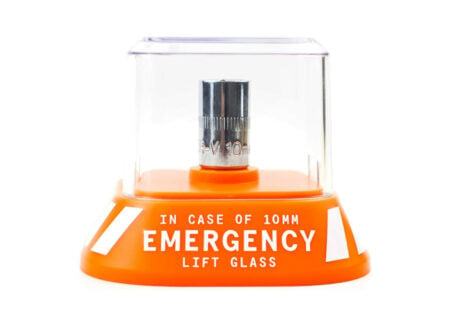This is the new Garmin eTrex® SE, it’s a handheld GPS navigator that offers full IPX7 water-resistance and up to 1,800 hours of battery life when in expedition mode.
The eTrex® SE also has access to multiple global navigation satellite systems including GPS, GLONASS, Galileo, BeiDou, and QZSS, so you’re unlikely to ever find yourself in a dead spot. It has a built-in digital compass, real-time weather forecast information, and it offers automatic cache updates from Geocaching Live, including descriptions, logs, and hints.
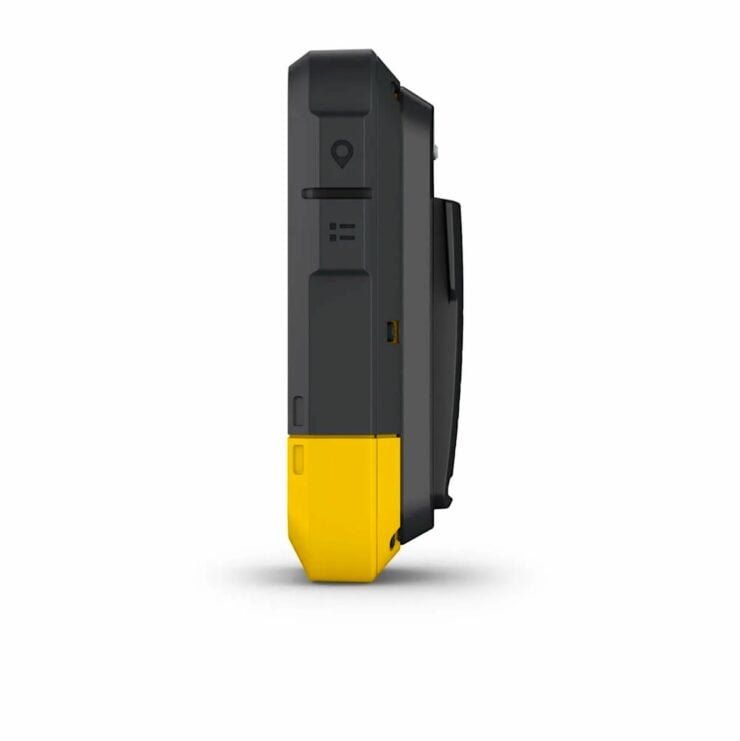

IPX7 water-resistance is a term that gets bandied around regularly, though few seem to know what it actually means. “IP” simple stands for International Protection or Ingress Protection, the “X” notes that the device hasn’t been tested for dust resistance, and the “7” means that the device has been tested underwater at 1 meter of depth for 30 minutes.
Many of us tend to use our iPhone or other smartphone for GPS navigation, and this tends to work well in urban areas, however it can quickly become a lot less useful when you’re out well off the grid. The GPS doesn’t work that well, there’s no cell signal, and your battery life will be lucky to last a full 24 hours without recharging.
The eTrex® SE and the other GPS devices in its class were developed to solve all of these issues. The internal GPS systems is far more robust, it don’t require a cell signal or wifi to function, and it offers battery life of 7 days or 168 hours in standard mode and up to 1,800 hours or 75 days in expedition mode.
When you do have your cell phone handy you can connected the eTrex® SE to the Garmin Explore app, this will allow you to upload software updates, trip planning, smart notifications, weather forecasts, and additional mapping. You can also get automatic cache updates from Geocaching Live.
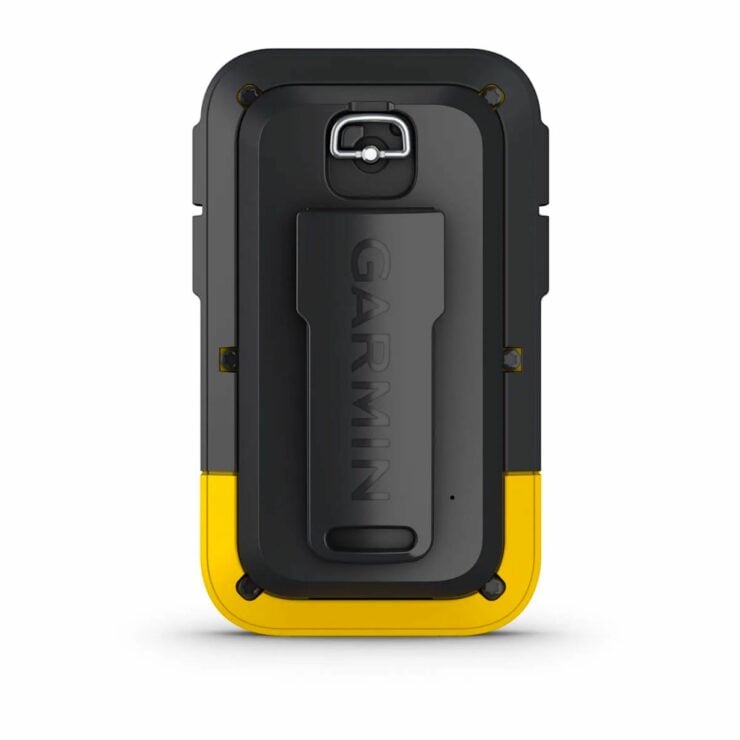

The Garmin eTrex® SE is retailing for $149.99 USD directly from the Garmin online store. It ships out in 1-3 days and it comes with the company’s two-year warranty. The device measures in at 2.4″ x 4.0″ x 1.3″ (6.1 x 10.0 x 3.3 cm), it has a 1.3″ x 1.7″ (3.3 cm x 4.4 cm) screen with a display resolution of 240 x 320 pixels, and it’s powered by two replaceable AA batteries.
